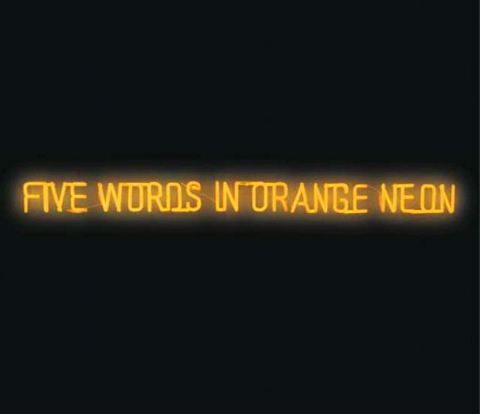Joseph Kosuth Lecture
For Joseph Kosuth, poster boy for 1960s Conceptualism, art is effectively L.I.N.G.U.I.S.T.I.C. Or in his own words: “Fundamental to this idea of the arts is the understanding of the linguistic nature of all art propositions”. What are the consequences of this and what did it mean for art history? Under Kosuth’s umbrella, the visual component […]
Overview

For Joseph Kosuth, poster boy for 1960s Conceptualism, art is effectively L.I.N.G.U.I.S.T.I.C. Or in his own words: "Fundamental to this idea of the arts is the understanding of the linguistic nature of all art propositions".
What are the consequences of this and what did it mean for art history? Under Kosuth’s umbrella, the visual component we often think about as being fundamental to art, as well as the emotional expectancy we often carry with us when pondering the turbulent lives of the great masters, are simply obstructions blocking access to the essence of the idea being communicated. In this way, when we look at Kosuth’s work we are confronted with visual art that subverts the very notion of the visual and insists on being read.
For some, Kosuth typifies the mechanical and cold humourlessness of conceptual art in his attempt to abstain from all retinal fun ("administrative aesthetics", as Benjamin Buchloh would say), yet for others he holds the torch for Marcel Duchamp’s teachings by placing art in the "service of the mind" and continuing that favourite artist's enterprise, self-reflexivity.
So, if we can imagine the walls of time dissolved for a moment, what might Kosuth say in response to Cézanne when he announced "an art which does not have emotion as its basis is not an art"? If you are interested in an answer attend Kosuth’s anticipated and propitious lecture.
To reserve a place surf to here.





